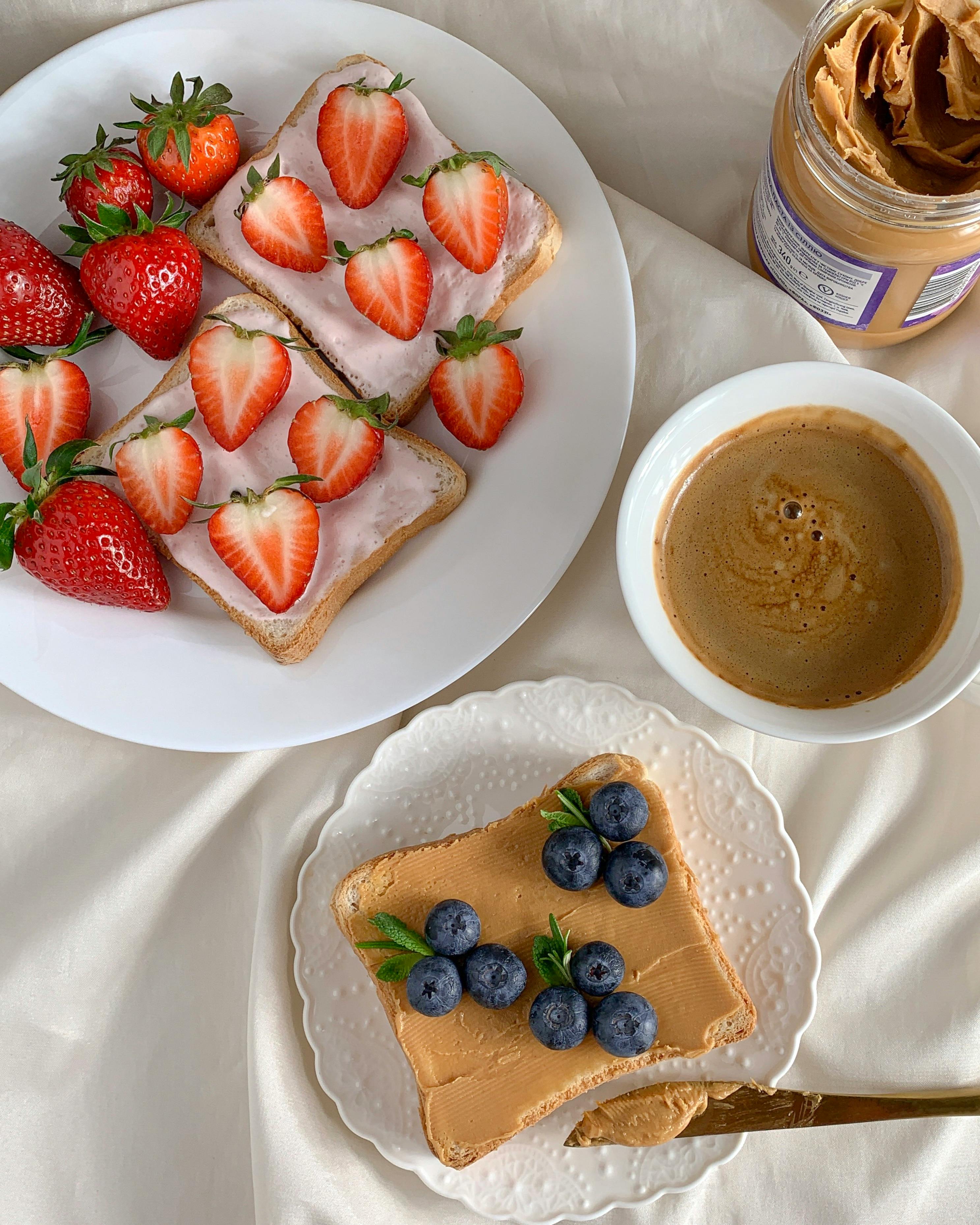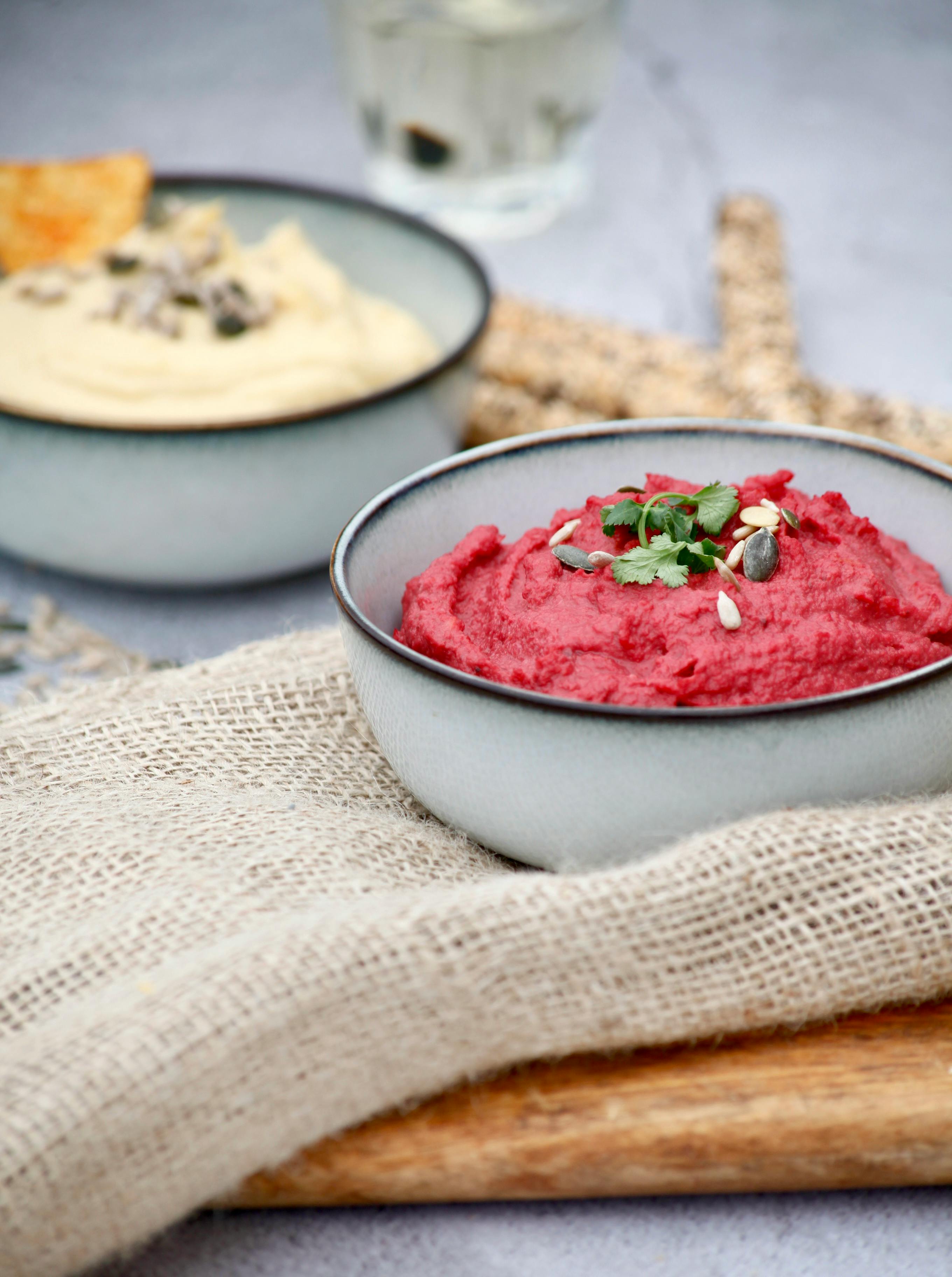
Smart Ways to Optimize Your Diet After Colonoscopy in 2025
Undergoing a colonoscopy can be a transformative experience, especially regarding what you eat afterward. The importance of a carefully planned post-colonoscopy diet cannot be overstated, as it plays a crucial role in your recovery. In 2025, understanding the right foods to eat after colonoscopy can help you navigate the recovery phase and ensure a smoother transition back to your regular eating habits.
A proper colonoscopy recovery diet supports your body in healing while ensuring that your digestive system adjusts well. Following the procedure, your body may need gentle, easily digestible foods that help facilitate recovery and minimize discomfort. This article will explore various digestive-friendly foods, hydration tips, and effective meal plans to optimize your recovery.
In this guide, we'll cover:
- Recommended foods to eat after a colonoscopy
- Hydration strategies for recovery
- Foods to avoid and why
- Sample meal plans
- Post-colonoscopy nutritional tips
By the end of this article, you'll have a comprehensive understanding of the best practices for nutrition after GI procedures and how to best support your body during this recovery phase.
Essential Foods to Eat After a Colonoscopy
Building on the importance of diet for recovery, it's essential to focus on foods that promote healing and ease discomfort. While everyone’s tolerance can vary post-procedure, a few key food groups are universally beneficial. These include:
Gentle, Easy-to-Digest Foods
Post-colonoscopy, your digestive system is sensitive. Incorporating easy-to-digest liquids and soft foods is crucial. Foods such as applesauce, mashed potatoes, and yogurt are excellent choices. They not only provide nutrition but are also gentle on the stomach.
For those craving something hearty, consider preparing an ambrosia salad, which consists of soft fruits mixed with low-fat yogurt - a refreshing option that’s colonoscopy-friendly.
Low-Fiber Foods for Transition
In the initial days after the procedure, a low-fiber diet after colonoscopy is typically recommended. Foods like white rice, chicken broth, and skinless potatoes are ideal. Avoiding high-fiber options ensures that your digestive system isn't overwhelmed as it recovers.
A well-balanced colonoscopy meal plan can include these low-fiber options, paired with plenty of hydration to help facilitate a gentle return to normal digestive function.
Protein Sources to Support Recovery
Protein is essential for recovery. Incorporate sources such as soft scrambled eggs, low-fat cheese, and lean poultry. These foods provide the necessary nutrients without putting excessive strain on your digestive system.
When selecting soothing foods for digestion, focusing on soft textures can help you comfortably absorb nutrients while minimizing discomfort.
Hydration Tips Post-Colonoscopy
With these basics established, we turn to hydration. Proper hydration is vital during the recovery phase, making it important to reintroduce fluids effectively. Here’s how:
Recommended Drinks After Colonoscopy
Opt for easy-to-digest liquids like herbal teas, clear broths, and watered-down juices. Such beverages not only provide hydration but also can offer soothing effects on the stomach. Keeping hydrated aids in the healing process and can alleviate bloating and discomfort.
How to Maintain Hydration Levels
Staying hydrated doesn't just mean drinking water; it can also involve consuming foods that have high water content. Just like fruits such as watermelon can be beneficial as they are soft and hydrating, smoothies made with non-dairy milk and soft fruits can also serve as nutritious, hydrating options.
Hydration Strategies for Comfort
Be mindful of adding electrolytes back into your diet. After a colonoscopy, drinks like coconut water can help replenish lost electrolytes while remaining gentle on your digestive tract. Always consider responding to your body’s cues; if you feel thirsty, don’t hesitate to increase your liquid intake.
Foods to Avoid After Colonoscopy
As crucial as knowing what to eat is understanding what to avoid. This naturally leads us to common pitfalls in post-colonoscopy eating. Some foods promised to accelerate recovery can actually hinder it.
Identifying Foods to Avoid
Stay away from high-fiber foods initially. Items like whole grains, legumes, and raw vegetables can irritate the digestive tract and should be postponed until normal digestion resumes. These foods can significantly impact your recovery speed, so it’s best to avoid them at first.
Understanding Complications from Certain Foods
Fried foods and heavy fats can contribute to bloating and discomfort, complicating your recovery. Additionally, spicy foods and caffeine may exacerbate any remaining discomfort from the procedure, so a gentle approach is recommended.
Awareness of Common Post-Op Discomfort
Overcoming post-colonoscopy discomfort sometimes requires adjusting your diet strategically. Keeping dietary changes gradual is key to ensuring your digestive system can cope with each addition. Gradually reintroducing foods will help your body adapt and minimize adverse reactions.
Colonoscopy Meal Plan Examples
Now, let’s look at some practical post-colonoscopy meal suggestions. Building a day’s meal plan can be simple and nutritious.
Sample Breakfast, Lunch, and Dinner Ideas
Consider starting your day with a warm bowl of oatmeal made with water or non-dairy milk. For lunch, a gentle chicken broth with shredded chicken can provide nourishment. Dinner could be a small portion of well-cooked rice and steamed carrots.
Connecting your meals with hydration is necessary; pairing your meals with soothing drinks will further help in recovery.
Adjusting Meals According to Progress
As you feel better, gradually introduce new foods like steamed veggies or baked fish. These additions help supply essential nutrients to aid your recovery without overwhelming your digestive system.
Meal Prep for Post-Colonoscopy Recovery
Meal prepping can relieve the stress of cooking daily. Plan soft and soothing meals ahead of time to ensure you're ready when hunger strikes. Easy-to-digest smoothies can be quick and convenient for breakfasts or snacks throughout your recovery period.
Digestive Health After Colonoscopy
With careful attention to your food choices and hydration, you can significantly improve your digestive health post-colonoscopy. Incorporating foods that promote healing and comfort enables your body to recover more effectively.
Importance of Gut-Friendly Foods
Including probiotic foods for recovery, like yogurt and kefir, can help restore beneficial gut flora after the procedure. A well-balanced intake of these foods supports digestive health, hastening the recovery process.
Gradual Return to a Normal Diet
As you approach the end of your recovery, it’s essential to adopt a gradual return to normal diet practice. This involves slowly reintroducing your regular foods while continuing to monitor your digestive response. Pay attention to how your body reacts to various foods and adjust accordingly.
Expert Recommendations for Long-Term Recovery
Consult your healthcare provider for tailored advice, especially if you're unsure about how to adapt your diet further. An individualized plan, considering your specific health needs, will be the most beneficial during this transitional period.
Post-Colonoscopy Digestive Tips
In conclusion, navigating the diet after a colonoscopy can be daunting, but with appropriate knowledge, it can be straightforward. Let’s summarize some effective colonoscopy recovery tips.
Monitoring Your Body’s Response
Be attentive to how your body reacts to different foods. Keeping a food diary can help you track your tolerance, paving the way for a smooth recovery.
Staying Hydrated and Nourished
Consistently focus on hydration and gentle nutrient intake. Incorporating healing foods and maintaining proper fluid levels will aid in your recovery significantly.
Bland Diet Recommendations and Innovations
As you regain your appetite, consider bringing variety into your meals while focusing on maintaining a bland diet after colonoscopy. Inventive culinary ideas can make your post-colonoscopy experience enjoyable while ensuring you comply with your dietary needs.

